Aglaonema Lady Valentine Tissue Culture
$7.53
Aglaonema Lady Valentine Plant is an evergreen perennial that is easy to grow and will make your yard a great place to relax and admire the beauty of nature. This plant is not only aesthetically pleasing but also provides you with a great source of food for itself, so be sure to provide it with as much water as possible. And be careful when watering this plant because they can become stressed and can also over-water, causing root rot.
Out of stock
SKU: AGLLAD800105105T
Category: Tissue culture
Aglaonema Lady Valentine Plants Growing Tips And Benefits
- There are several ways to take care of your Aglaonema Lady Valentines Plant and this includes watering. It is important to water your plant as soon as the first sign of leaves appears. A little water every day or even more often if you know it will rain.
- Most Aglaonema Lady Valentine plants thrive better in the morning so try to get to bed about an hour before sunlight is expected to be visible. Also, be sure to give the plants at least 2 hours of light every day, especially during the summer months.
- When planting the Aglaonema Lady Valentine Plant, try to avoid making it compete with any of the other plants in the area. They will tend to shade the others and will eventually take over the whole garden. You can try to plant your own shrub in your yard and make use of the space where it has been placed, but you should only do this if you have the time to do so and if you want an organic type of plant.
- Another thing you should be aware of is that the Aglaonema Lady Valentines Plants won’t thrive well in dry, warm conditions. So if you live in a place that has hot, humid summers, then this plant might not work well in your yard. In most cases, you will find that the best way to treat this type of plant is to let it stay out of direct sunlight all year long.
- Make sure you know what you are getting yourself into and that you have the plants outdoors. This type of plant can spread quite quickly so if you are going to plant it outdoors, be sure that you keep the soil damp. This is very important to prevent the roots from rotting.
- Finally, do not fertilize your Aglaonema Lady Valentines Plant too often. Fertilizing a plant is important to keep it healthy and green but if it gets too much in too short of a time frame it will cause roots to rot. Be sure to read through the fertilizer instructions carefully to ensure you get the correct amount of nutrients.
- If you are trying to repot your Aglaonema Lady Valentines Plant, you may find that the seeds are hard to get to. One solution to this problem is to put a small ball of newspaper between the plant and the seed. You should then stick it in the ground and remove it when it is ready to come out.
- When reporting an Aglaonema Lady Valentines Plant, you will need to keep the dirt damp. Make sure to water the plant well after repotting.
- Before buying the seeds for your Aglaonema Lady Valentines Plant, you should first be sure to check the seeds for insects, mites, and diseases. If there are any, you should contact a breeder.
- The Aglaonema Lady Valentines Plant should be given plenty of light and you should plant it in a well-lit area. Make sure you water the plant every couple of weeks. The seeds can take two years to reach maturity and can be harvested every three years.
- If you see any white or light coloring on the Aglaonema Lady Valentines’ plant’s leaves, you can cut these away with scissors or a pair of scissors. Do not use a pair of scissors near the plant as this will cause the plant to die. This is one way that the plant gets contaminated.
- Once the Aglaonema Lady Valentines Plant has been cut away, you should put some bleach on the affected area to disinfect the area. Keep in mind that you do not want to put too much bleach because you will be discoloring the area. You can even use lemon oil instead of bleach.
- After putting bleach on the area, you should soak the Aglaonema Lady Valentines’ plant’s roots in a solution of bleach and water. This will kill the bacteria and fungi that are present.
- Then you should take some of the bleach solutions and pour it on the plant’s leaves. Do not use more than one application, since it will make the plant look worse. This may take some time depending on how many leaves the plant has.
- Then you should put the Aglaonema Lady Valentines Plant in a pot. Put it on its side. If it is not the correct way to grow the plant, then you should consider changing the plant. You should avoid overwatering because this can cause the plant to dry out.
- When you have done that, you can then repeat the plant to its original position. Make sure that you place the pot on its back. You should also make sure that the pot is at least two inches deep.
Be the first to review “Aglaonema Lady Valentine Tissue Culture” Cancel reply
Related products
Tissue culture
$9.33
Tissue culture
$7.74
Tissue culture
$4.50
Tissue culture
$9.33
Tissue culture
$6.87
Tissue culture
$7.38
Tissue culture
$9.33
Tissue culture
$6.87

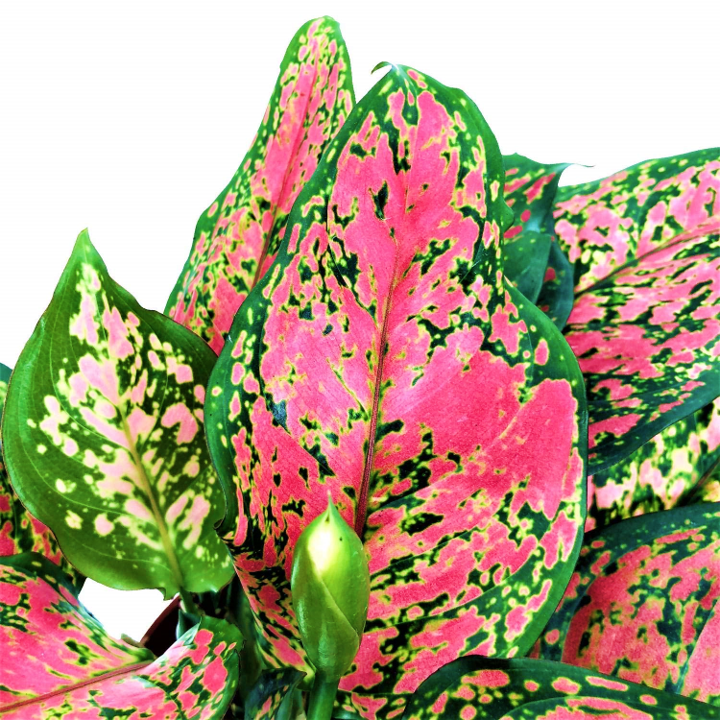


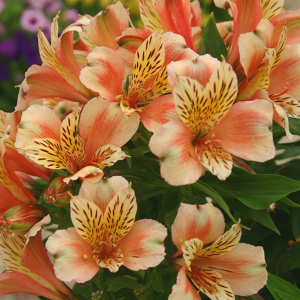
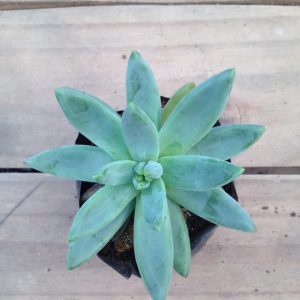
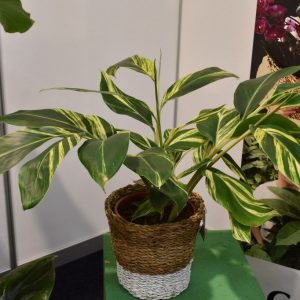
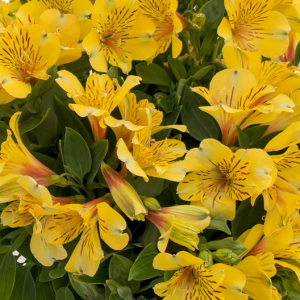
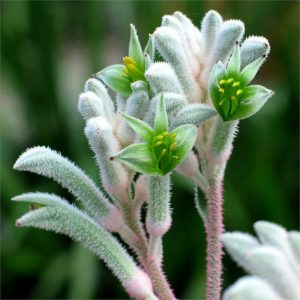
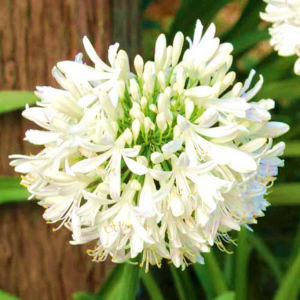
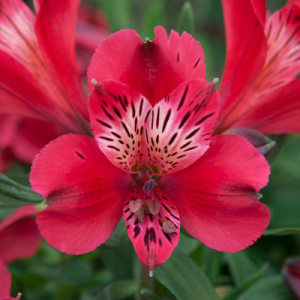
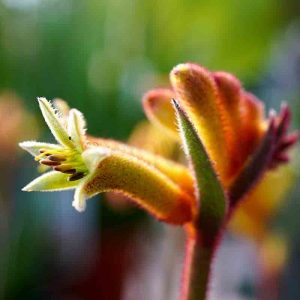
Reviews
There are no reviews yet.